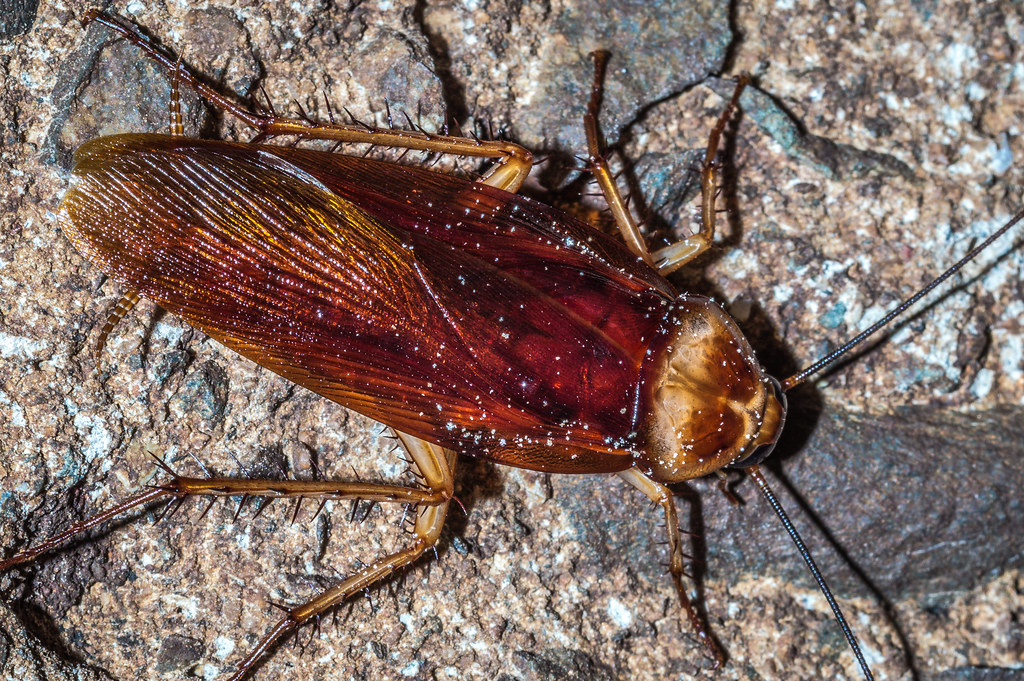When the sun sets and darkness blankets the world, a hidden army emerges from their daytime hiding spots. These nocturnal insects have evolved remarkable adaptations that make them masters of the night. While we sleep soundly in our beds, millions of six-legged creatures are beginning their most active hours, driven by ancient instincts and survival needs that have shaped their behavior for millions of years.
The cover of darkness provides these creatures with protection from predators, cooler temperatures, and access to resources that aren’t available during the day. Some are hunters, others are scavengers, and many are simply trying to find their next meal or a suitable mate. Understanding what drives these nighttime visitors can help us appreciate the complex ecosystem that thrives right under our noses.
The Mysterious World of Nocturnal Insects
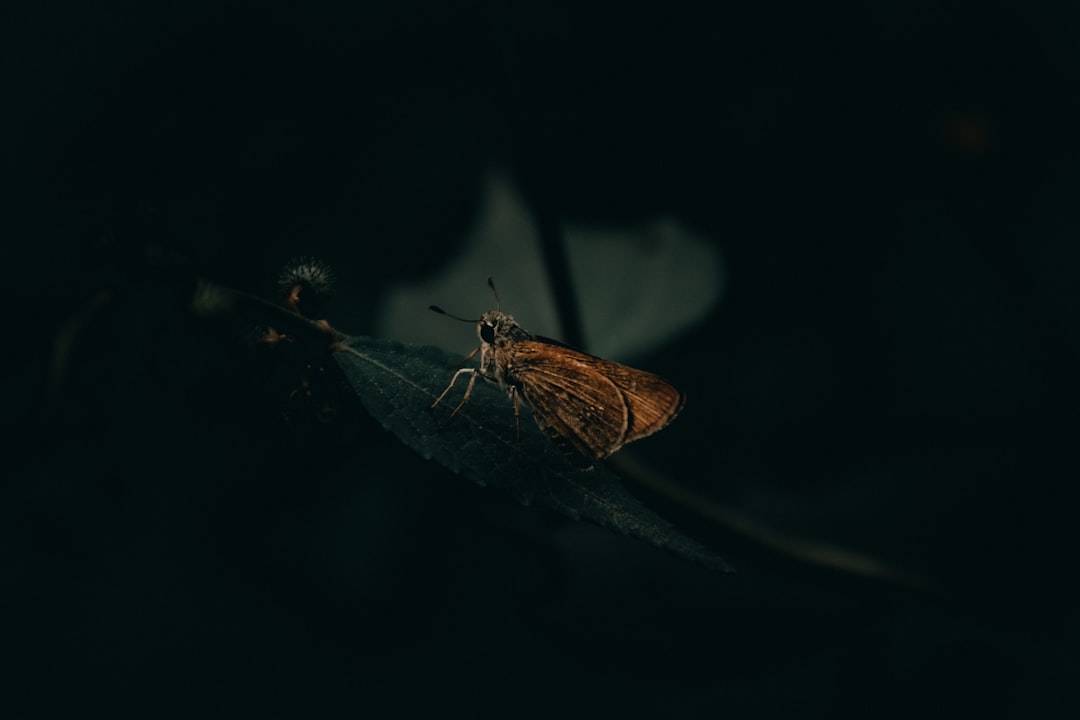
Nighttime brings out a completely different cast of characters in the insect world. These creatures have developed extraordinary sensory abilities that put our own to shame. Many nocturnal insects can detect pheromones from miles away, navigate using celestial bodies, or locate prey through vibrations so subtle we’d never notice them.
The transition from day to night triggers behavioral changes in these insects that are nothing short of remarkable. Their metabolism shifts, their sensory organs become hyperactive, and their entire body chemistry prepares for the challenges of operating in complete darkness. This isn’t just about avoiding the heat of the day – it’s about accessing a completely different ecological niche.
What makes these nocturnal adaptations even more fascinating is how they’ve evolved independently across different insect families. From beetles to moths to cockroaches, the night shift has attracted creatures from every corner of the insect kingdom.
Cockroaches: The Ultimate Night Scavengers
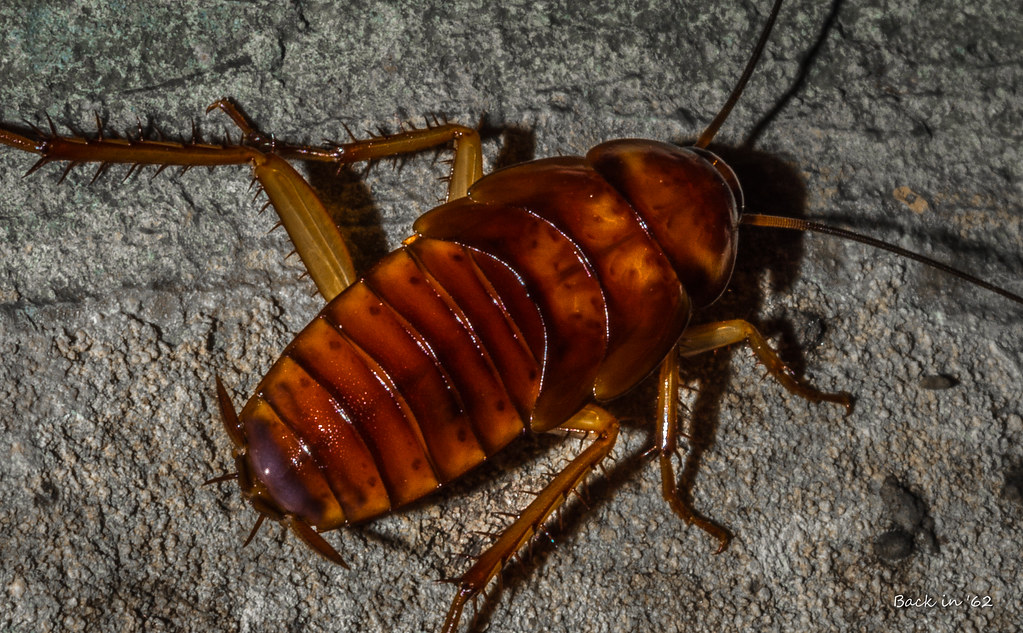
Few insects inspire as much disgust as the humble cockroach, yet these ancient survivors have mastered the art of nighttime foraging like no other creature. When darkness falls, cockroaches emerge from their hiding spots with a singular mission: find food, water, and shelter before dawn breaks.
Their nocturnal behavior isn’t just about avoiding humans – it’s a survival strategy that’s served them well for over 300 million years. Cockroaches are incredibly sensitive to light, with specialized cells in their eyes that can detect even the faintest illumination. This sensitivity drives them to seek out the darkest corners of our homes, where they can move freely without fear of predators.
What they’re after during their nighttime raids might surprise you. While we often think of cockroaches as garbage eaters, they’re actually quite selective about their food sources. They prefer starches, sweets, and proteins, but they’re also after something we rarely consider: moisture. A single drop of water can sustain a cockroach for days, making your kitchen sink or bathroom a prime target.
House Centipedes: The Lightning-Fast Hunters
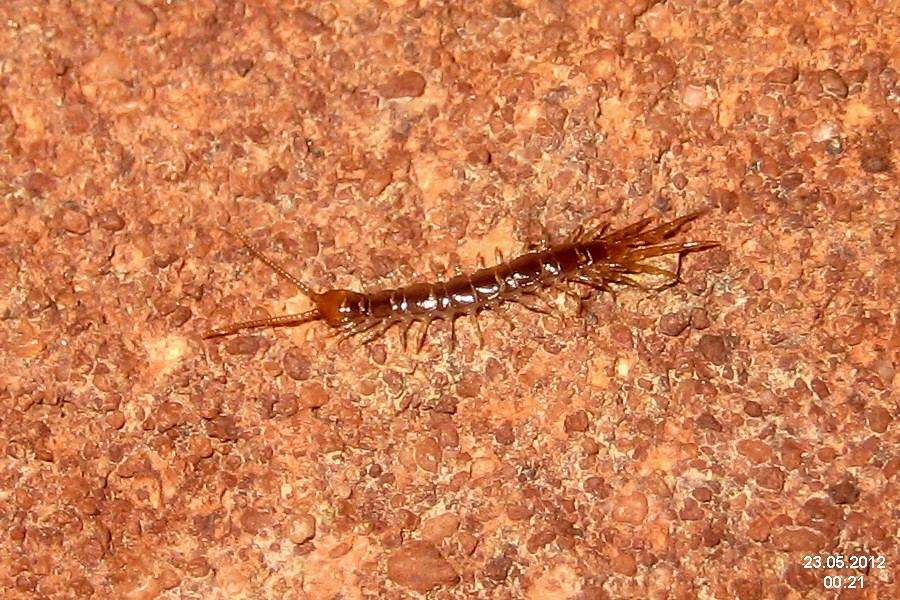
That terrifying creature you occasionally spot darting across your bathroom floor at 2 AM isn’t there by accident. House centipedes are incredibly efficient nocturnal predators that emerge from their hiding spots when the lights go out. With their 15 pairs of legs moving in perfect coordination, they can reach speeds of up to 1.3 feet per second – lightning fast in the insect world.
These arthropods are actually beneficial to have around, despite their nightmare-inducing appearance. They’re voracious hunters that feed on other household pests like spiders, bed bugs, termites, and silverfish. Their nocturnal hunting schedule aligns perfectly with the activity patterns of their prey, making them incredibly effective pest controllers.
House centipedes use their exceptionally long antennae to navigate in complete darkness, sensing vibrations and chemical signals from potential prey. Their front legs have evolved into venomous claws that can quickly immobilize victims much larger than themselves. During a single night, one centipede can consume multiple prey items, making them one of the most efficient hunters in your home.
Silverfish: Ancient Paper Eaters
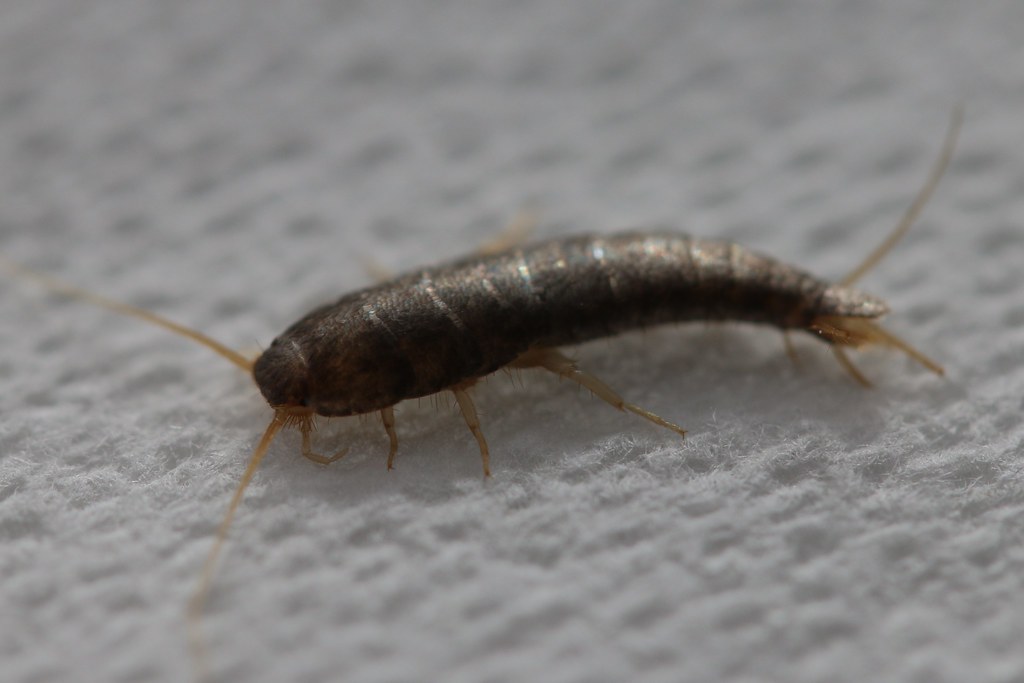
Silverfish are living fossils that have remained virtually unchanged for over 400 million years, and their nocturnal habits are a big part of their success story. These wingless insects emerge from cracks and crevices when humidity levels rise and temperatures drop, typically during the late evening hours.
What sets silverfish apart from other nocturnal insects is their incredibly specific dietary preferences. They’re after the cellulose found in paper, cardboard, and fabric, but they also consume the starches in book bindings, wallpaper paste, and even some synthetic materials. Their ability to digest cellulose – something most animals can’t do – gives them access to food sources that other insects ignore.
Silverfish are also seeking out moisture during their nighttime activities. They require high humidity levels to survive and will often be found in bathrooms, basements, and other damp areas of the home. Their scales, which give them their silvery appearance, actually help them retain moisture and navigate through tight spaces.
Bed Bugs: The Blood-Seeking Parasites
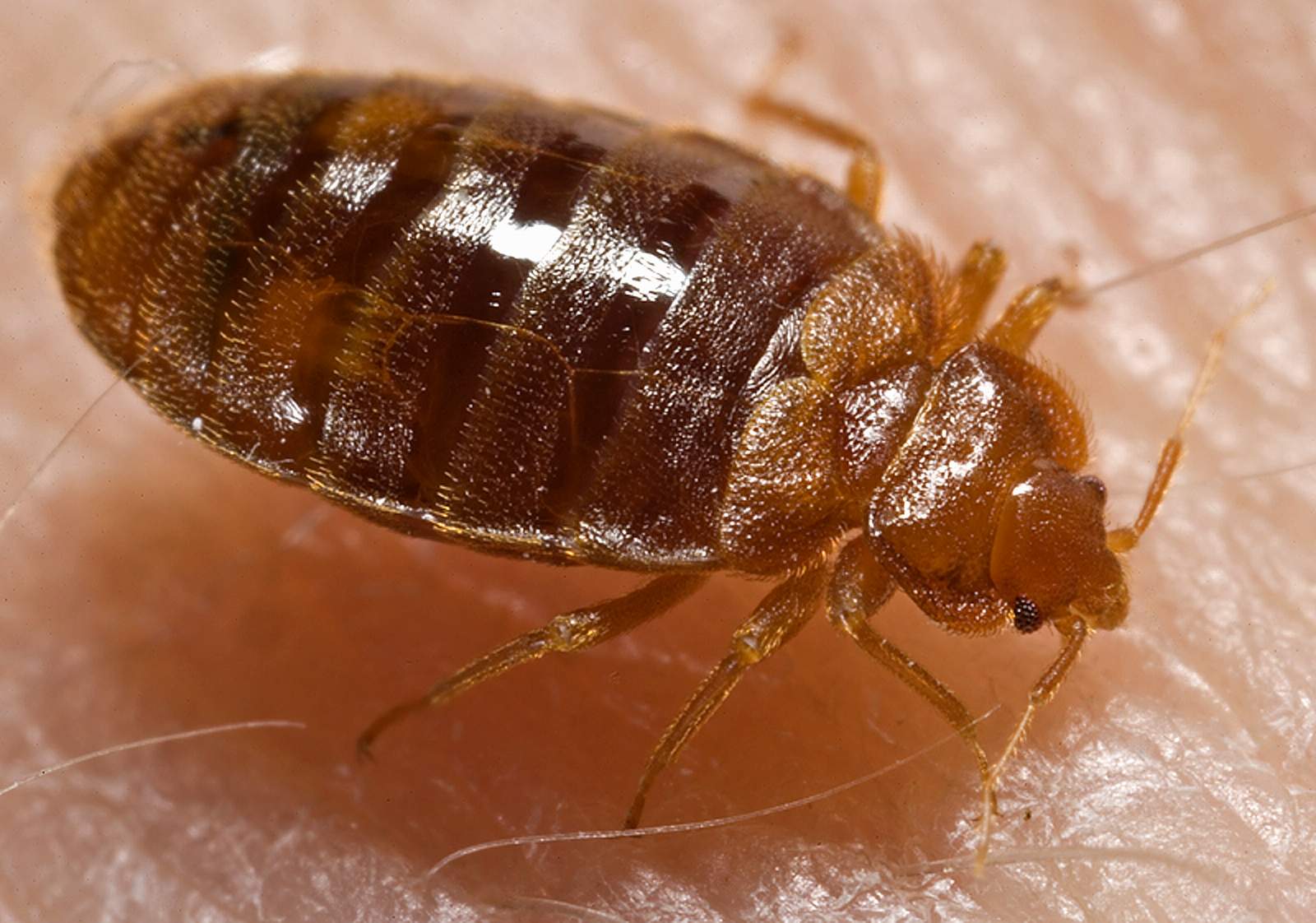
Perhaps no nocturnal insect is more feared than the bed bug, and for good reason. These parasitic insects have evolved to be perfectly synchronized with human sleep cycles, emerging from their hiding spots approximately one hour before dawn when we’re in our deepest sleep phase.
Bed bugs are attracted to the carbon dioxide we exhale, the heat our bodies generate, and certain chemical compounds in our skin. They can detect these signals from several feet away, allowing them to locate sleeping humans with remarkable precision. Their nocturnal timing isn’t coincidental – it’s a carefully evolved strategy that maximizes their feeding opportunities while minimizing their chances of being detected.
During their nighttime feeding sessions, bed bugs inject saliva containing anticoagulants into their host’s skin, preventing blood from clotting while they feed. A single bed bug can consume up to three times its body weight in blood during one feeding, which can last anywhere from three to twelve minutes.
Carpet Beetles: The Fabric Destroyers
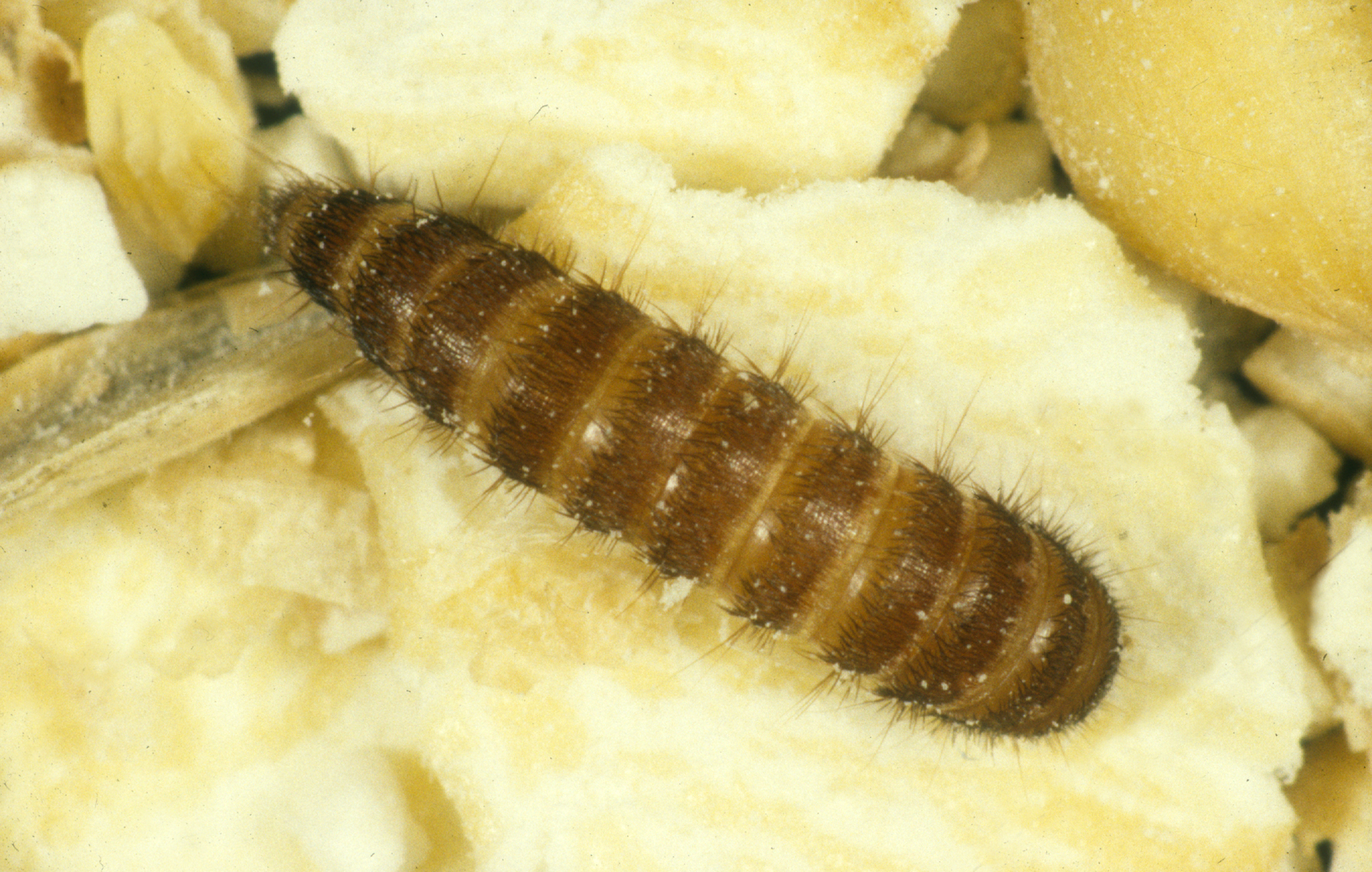
Adult carpet beetles are actually day-active insects, but their larvae are completely different creatures that emerge at night to feed. These small, fuzzy caterpillar-like insects are responsible for the mysterious holes that appear in woolens, carpets, and other natural fibers.
Carpet beetle larvae are incredibly methodical in their nighttime feeding habits. They seek out keratin-based materials like wool, silk, leather, and even pet hair. Their ability to digest keratin – the same protein found in human hair and nails – makes them uniquely adapted to consume materials that other insects can’t process.
These larvae can remain active for months or even years, slowly consuming fabric fibers while growing and molting. They’re particularly drawn to items that contain sweat, food stains, or other organic materials, which is why stored clothing is often their primary target.
The Science Behind Nocturnal Behavior
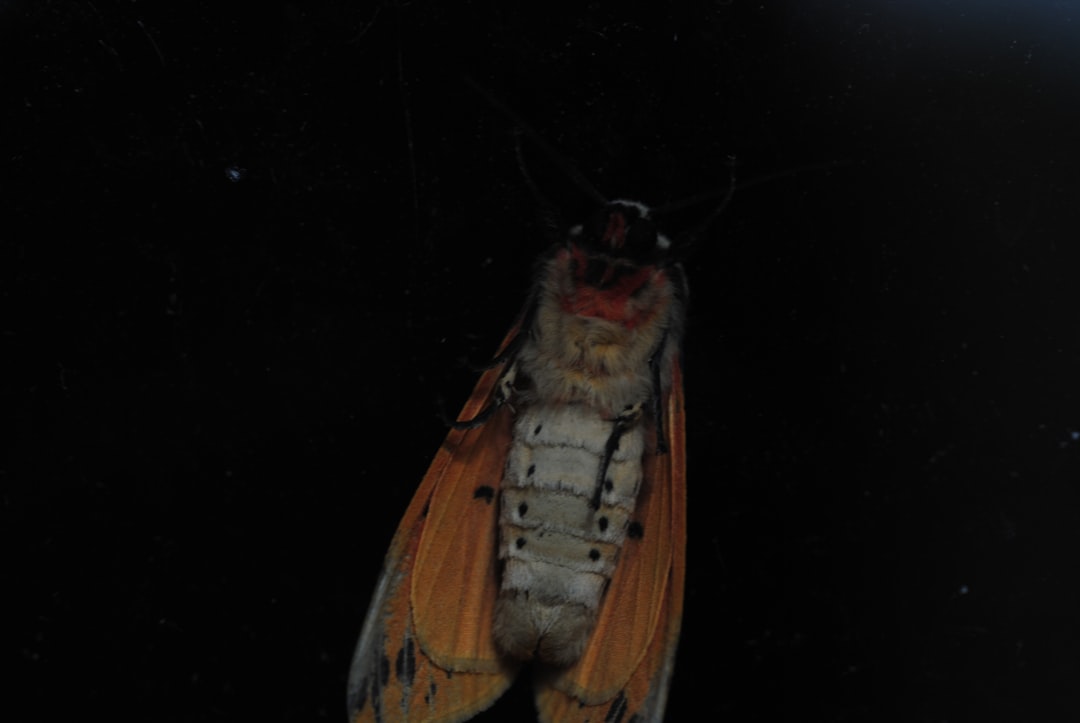
The evolution of nocturnal behavior in insects is driven by several key factors that have shaped their survival strategies over millions of years. Temperature regulation plays a crucial role, as many insects are cold-blooded and struggle with the heat of direct sunlight. Nighttime activity allows them to remain active while avoiding potentially lethal temperature extremes.
Predator avoidance is another major driver of nocturnal behavior. Many insect predators, including birds, lizards, and spiders, are primarily day-active. By switching to a nighttime schedule, these insects can access food sources and mates while avoiding their primary predators.
The reduced competition for resources during nighttime hours also provides significant advantages. Flowers that bloom at night, decaying organic matter, and other food sources are less contested after dark. This reduced competition allows nocturnal insects to feed more efficiently and with less risk of confrontation.
How These Insects Navigate in Complete Darkness
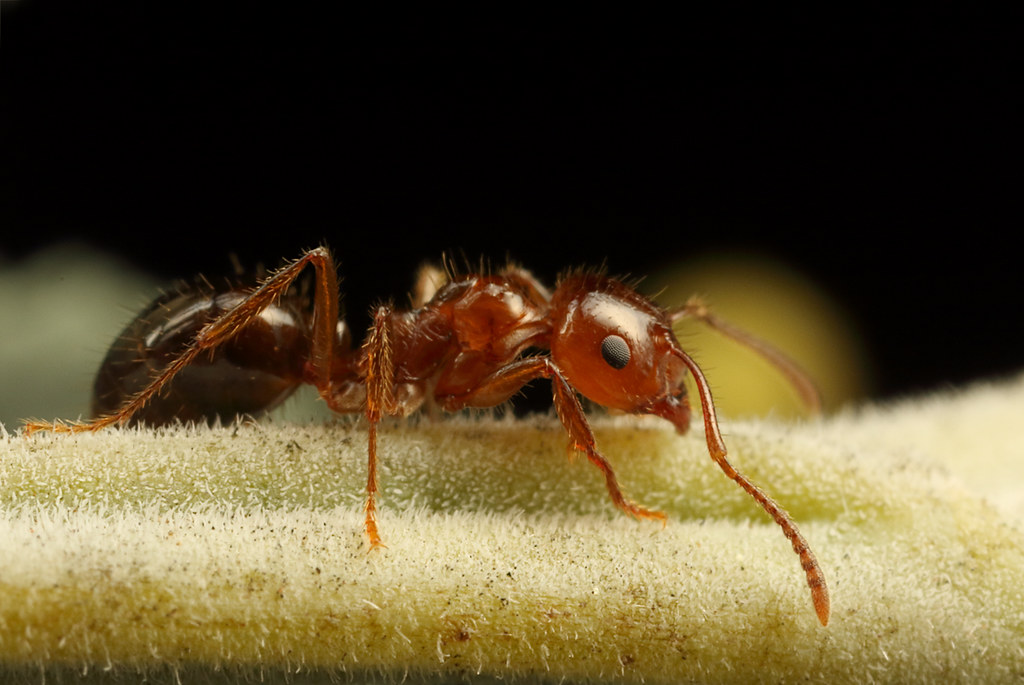
Nocturnal insects have evolved remarkable sensory adaptations that allow them to navigate and hunt in complete darkness. Many species have developed enlarged compound eyes with specialized photoreceptors that can detect incredibly faint light sources, including starlight and moonlight.
Chemical communication plays an enormous role in nighttime navigation. Insects use pheromones to communicate with mates, mark territories, and even leave chemical trails that others can follow. These chemical signals can be detected at incredibly low concentrations, sometimes just a few molecules per cubic meter of air.
Vibrational sensing is another crucial adaptation that allows nocturnal insects to detect prey, predators, and mates through substrate vibrations. Many insects can feel vibrations through their legs or specialized organs, allowing them to “hear” footsteps, wing beats, or other movement patterns in complete darkness.
The Role of Artificial Light in Disrupting Natural Behavior
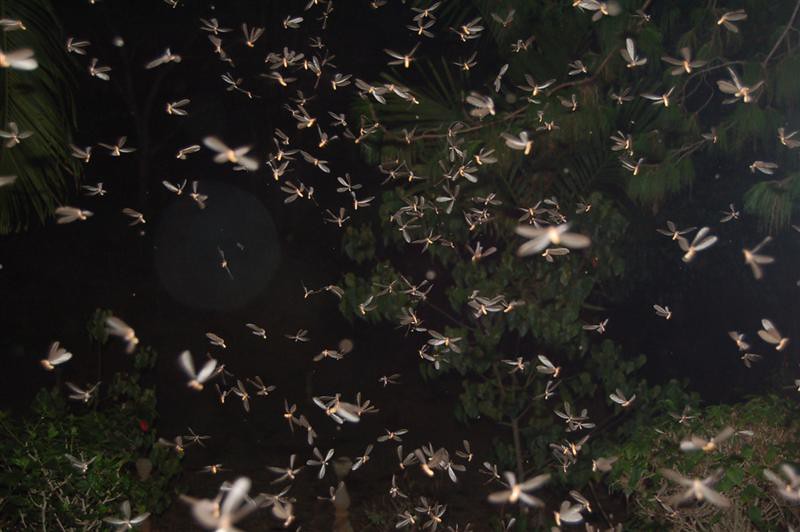
The introduction of artificial lighting has dramatically impacted nocturnal insect behavior in ways we’re only beginning to understand. Light pollution disrupts natural migration patterns, interferes with mating behaviors, and can even alter feeding schedules that have been stable for millions of years.
Many nocturnal insects use celestial navigation to find their way, relying on the moon and stars as reference points. Artificial lights can interfere with these navigation systems, causing insects to become disoriented and fly in circles around light sources until they die from exhaustion.
The timing of nocturnal activity is also being disrupted by artificial lighting. Some insects are extending their active periods, while others are shifting their schedules entirely. These changes can have cascading effects on entire ecosystems, affecting pollination, predator-prey relationships, and food webs.
Seasonal Patterns in Nocturnal Insect Activity
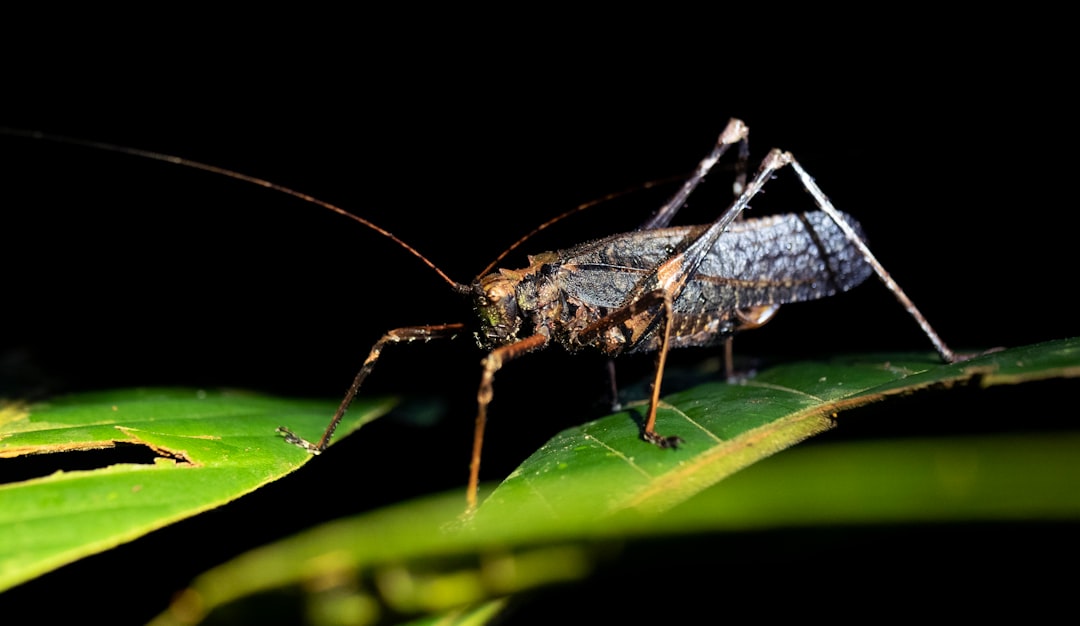
The activity patterns of nocturnal insects vary dramatically throughout the year, with temperature, humidity, and daylight hours all playing crucial roles in determining when and how these creatures emerge. Spring brings a surge of activity as overwintering insects emerge from dormancy and begin seeking mates and food sources.
Summer nights often see peak activity levels, with warm temperatures and high humidity creating ideal conditions for most nocturnal species. This is when you’re most likely to encounter these insects in your home, as they’re actively searching for food, water, and shelter.
Fall activity patterns are driven by preparation for winter, with many insects seeking out protected overwintering sites. This is when you might notice increased indoor activity as insects attempt to find warm, dry places to survive the cold months ahead.
What Attracts These Insects to Our Homes
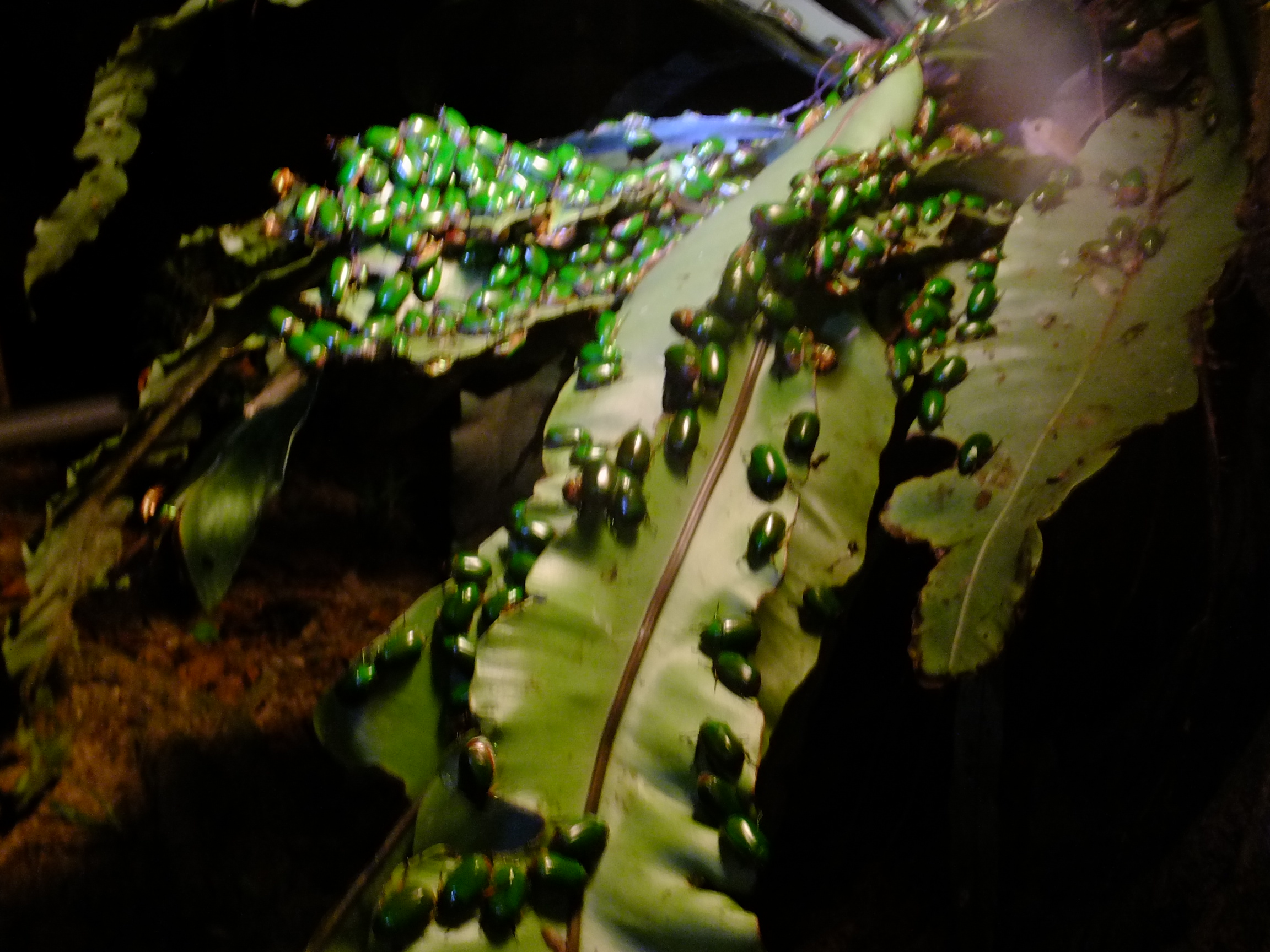
Understanding what draws nocturnal insects into our homes can help us better manage and prevent infestations. Moisture is perhaps the most important attractant, as many nocturnal insects require high humidity levels to survive and reproduce effectively.
Food sources in our homes are often more consistent and abundant than what’s available in natural environments. Crumbs, pet food, stored grains, and even the organic materials in our clothing and furniture provide reliable nutrition for many nocturnal species.
Shelter opportunities in human structures are incredibly appealing to nocturnal insects. The cracks, crevices, and hidden spaces in our homes provide perfect daytime hiding spots that protect these creatures from predators and environmental stresses.
The Ecological Benefits of Nocturnal Insects
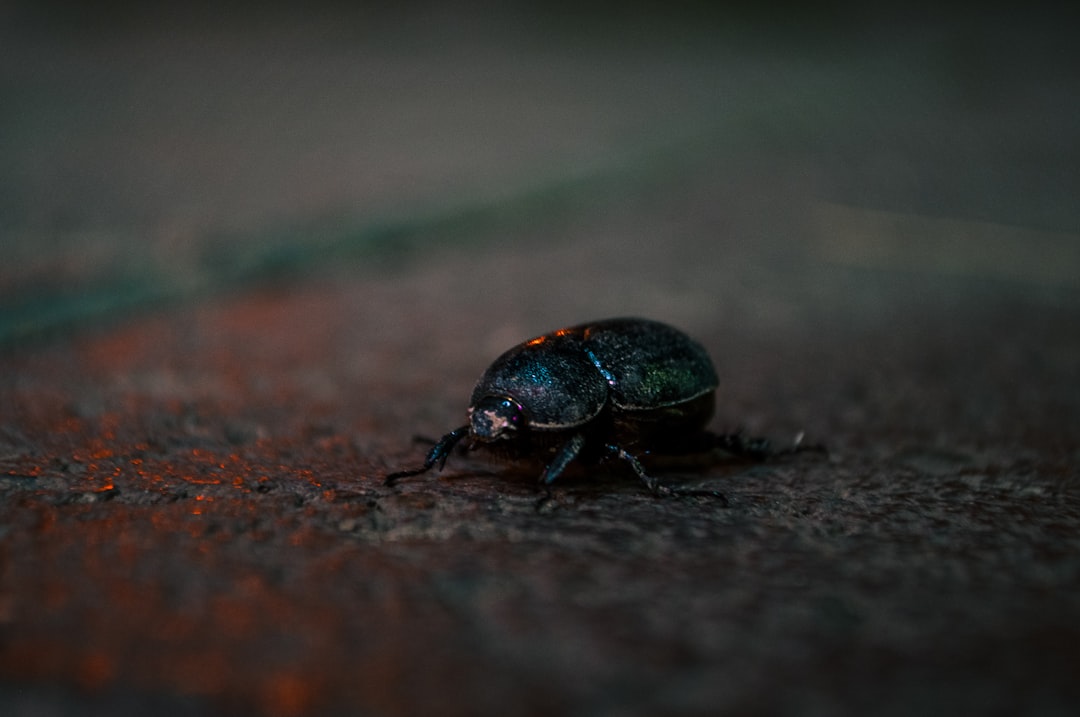
Despite their reputation as pests, nocturnal insects play crucial roles in maintaining healthy ecosystems. Many species are important pollinators for night-blooming plants, including some commercially important crops that depend entirely on nocturnal pollinators for reproduction.
Decomposition and nutrient cycling are heavily dependent on nocturnal insects that break down organic matter and return nutrients to the soil. Without these insects, dead plant and animal matter would accumulate much more slowly, disrupting natural nutrient cycles.
Pest control services provided by nocturnal predators and parasites help keep other insect populations in check. Many nocturnal insects are voracious predators that consume agricultural pests, providing natural biological control that reduces the need for chemical pesticides.
Modern Research on Nocturnal Insect Behavior

Recent advances in technology have revolutionized our understanding of nocturnal insect behavior. Night vision cameras, motion sensors, and GPS tracking devices now allow researchers to study these creatures in their natural environment without disturbing their behavior patterns.
Genetic studies have revealed the molecular mechanisms behind nocturnal behavior, including the genes that control circadian rhythms and light sensitivity. This research is helping us understand how these behaviors evolved and how they might be changing in response to environmental pressures.
Climate change research has identified significant shifts in nocturnal insect activity patterns, with many species altering their seasonal timing and geographic distributions. These changes have important implications for ecosystem stability and agricultural pest management.
Conclusion
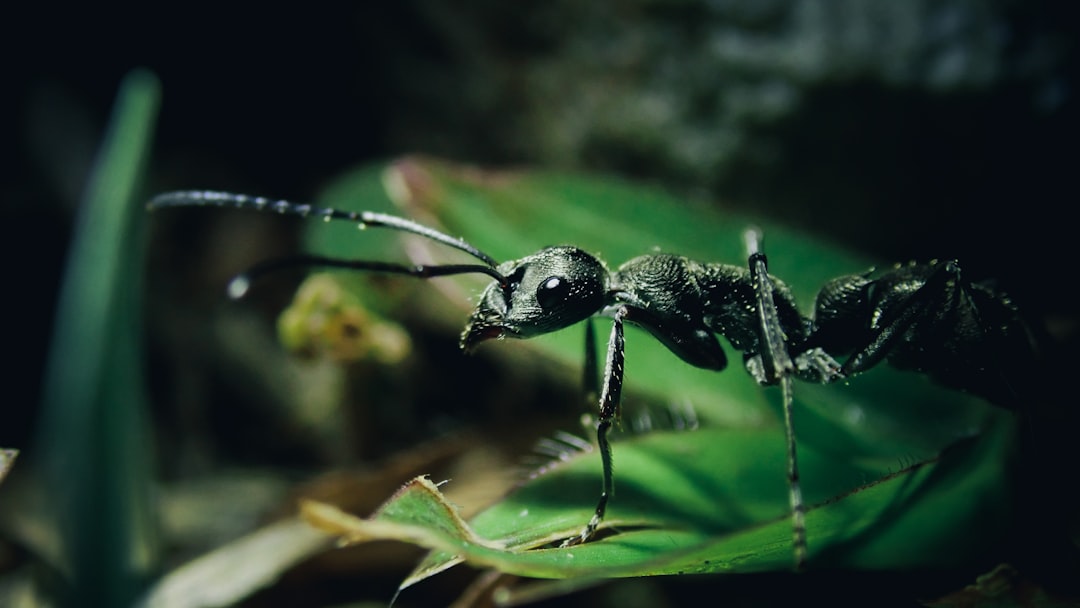
The nocturnal insect world represents one of nature’s most fascinating and complex ecosystems, operating in the shadows while we sleep. These five insects – cockroaches, house centipedes, silverfish, bed bugs, and carpet beetles – have each evolved unique strategies for thriving in the darkness, driven by millions of years of evolutionary pressure.
Their nocturnal behaviors aren’t random or chaotic; they’re carefully orchestrated survival strategies that have allowed these species to persist and thrive in environments ranging from pristine forests to urban apartments. Understanding what drives these behaviors helps us appreciate the incredible complexity of the natural world that exists right under our noses.
The next time you encounter one of these nocturnal visitors, remember that you’re witnessing the result of millions of years of evolutionary refinement. These creatures have mastered the art of surviving in a world that belongs to them once the sun goes down. What secrets might they still be hiding in the darkness?

